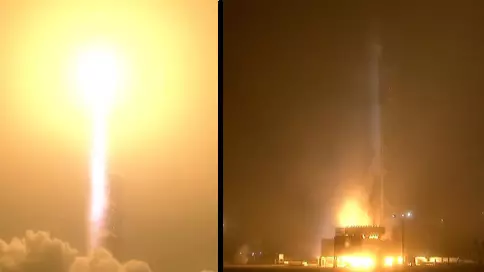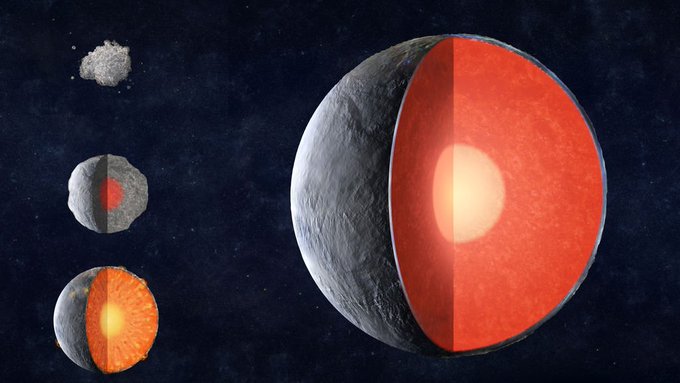
NASA has launched its InSight lander, which is headed to Mars to help scientist unlock some of the secrets of how the planet was formed.
If all goes well, InSight will land on Mars in six months' time - on 26 November - where it will join five other NASA spacecrafts which are operating on and above the Red Planet.
InSight, which stands for Interior Exploration using Seismic Investigations, Geodesy and Heat Transport, will be used to gather information from beneath the surface of Mars, helping scientists to get a better understanding of how rocky planets formed.
It will also help experts from NASA create a detailed map of the interior of Mars.
According to NASA: "Previous missions to Mars have investigated the surface history of the Red Planet by examining features like canyons, volcanoes, rocks and soil, but no one has attempted to investigate the planet's earliest evolution - its building blocks - which can only be found by looking far below the surface."
Speaking to CNN Bruce Banerdt, the principal investigator on the InSight team, said: "We have mapped the surface of the entire planet in terms of visible features, topography, gravity and magnetic fields.
"We have studied the atmosphere, both globally and at the surface. We have roved around the surface at four different places, studying the geology and piecing together the history of the surface. But until now, the vast regions of the planet deeper than a few miles, or so, [have] been almost completely unknown to us."
InSight was launched from the Vandenberg Air Force Base in California, making it the first mission to another planet blasted off from California - it has previously used the Kennedy Space Centre, Florida.
InSight was blasted off alongside two small 'cubesats' satellites called Mars Cube One - they are also due to reach Mars in November but will stay above the planet.
Advert
If they manage to get to Mars successfully scientists will then see if they are able to pass information on from InSight to the space station on Earth.
Featured Image Credit: NASA